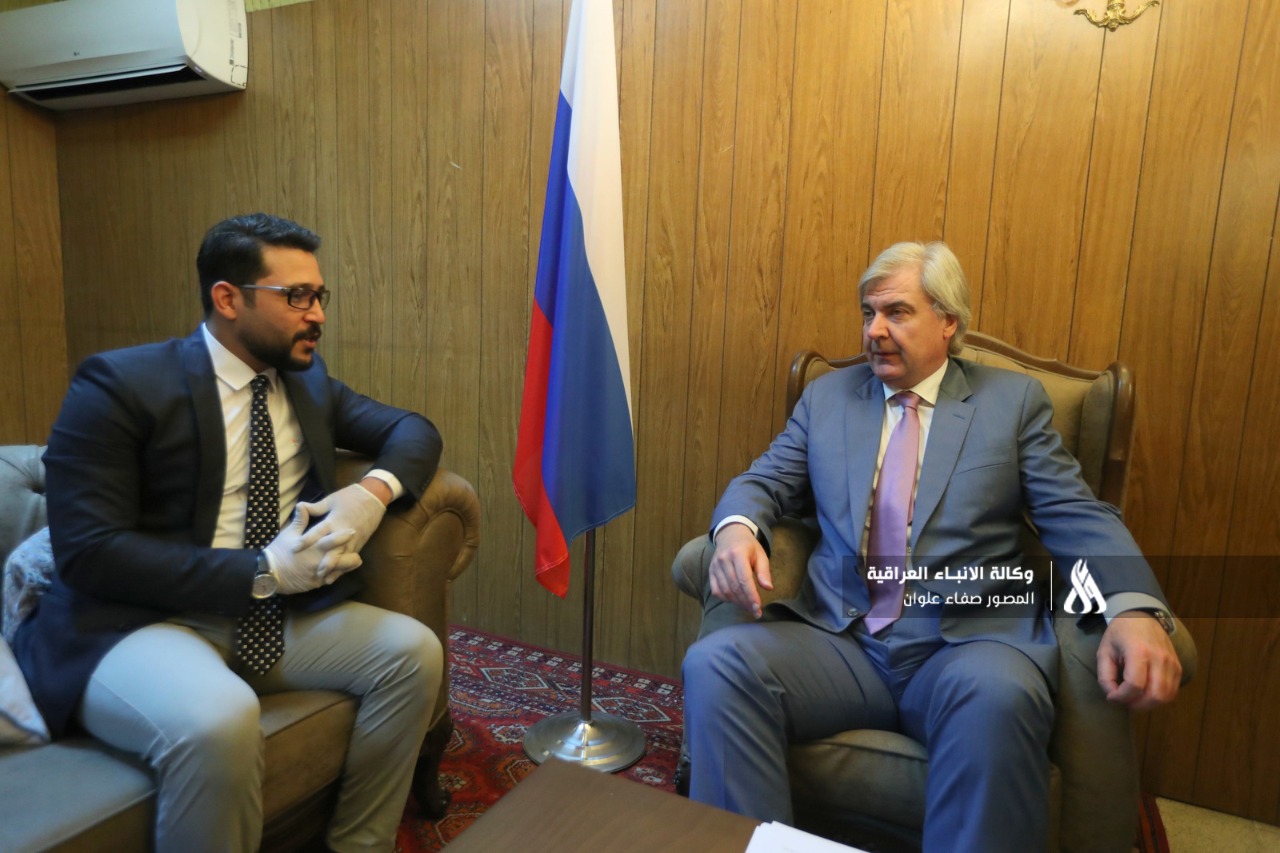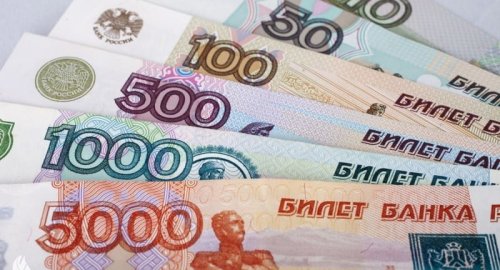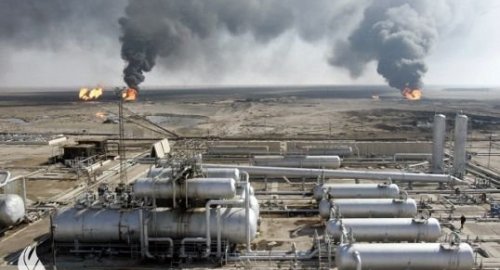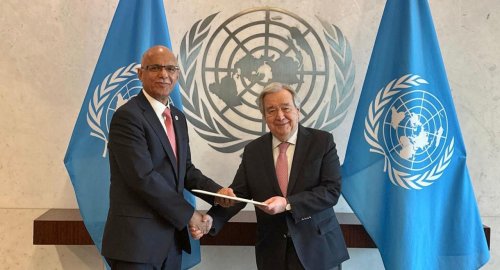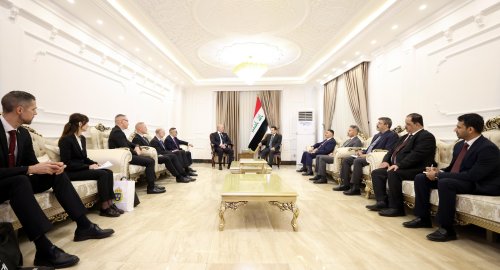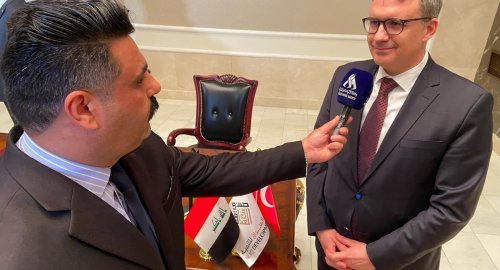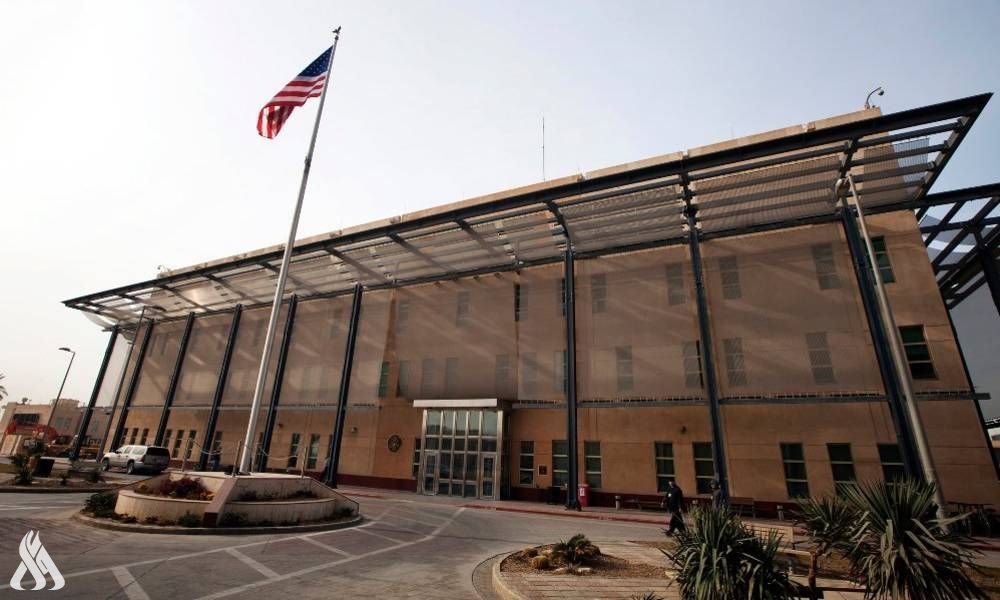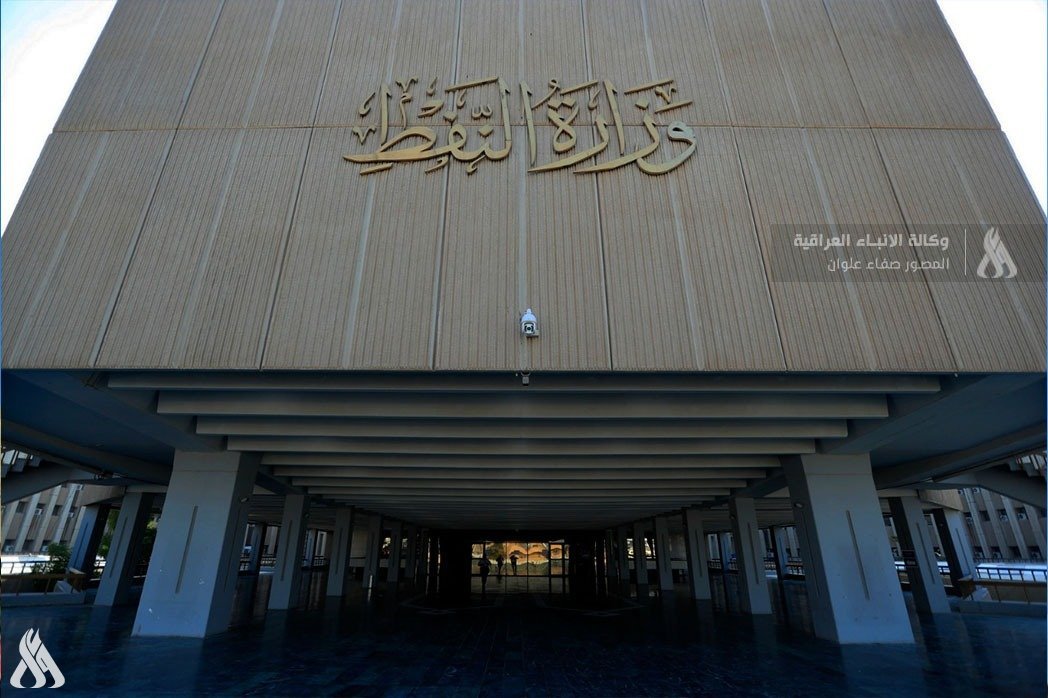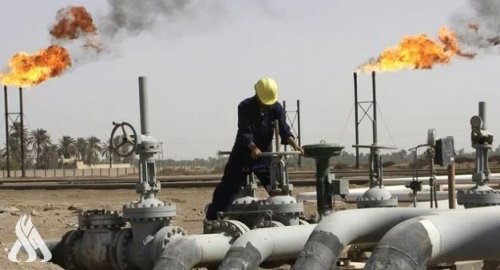
Italy announces plan to end reliance on Russian gas by 2025

International
- 7-04-2022, 09:04
INA- sources
Italy is working on short- and long-term plans to slash the amoun of natural gas imported from Russia, Minister for the Ecological Transition Roberto Cingolani said on Tuesday.
“24-30 months should be enough time for us to become independent [from Russian gas supplies],” Cingolani told Rai 3’s Agorà talk show.
The Russian invasion of Ukraine last month has prompted European countries to rethink their dependence on Russia, which supplies around 40 percent of the natural gas used in Europe.
Italy is one of Europe’s biggest users and importers of natural gas, importing 90 percent of its gas supply with 45 percent of that coming from Russia – up from 27 percent ten years ago.
Italy now imports 29 billion cubic metres of Russian gas a year, which Cingolani said on Tuesday “must be replaced”.
He said Italy is putting a plan into place which means half of the current Russian gas supply, 15 billion cubic metres, will be replaced “by late spring” – but he didn’t specify with what.
Italy has no nuclear capability, only two operational coal power plants, and gets only 20 percent of its energy from renewable sources according to Eurostat data from 2020.
Italy’s prime minister Mario Draghi last week said Italy urgently needed to return to producing its own gas.
“In Italy, we have reduced gas production from 17 billion cubic metres per year in 2000 to around 3 billion cubic metres in 2020,” Draghi said, adding that national consumption ”has remained constant, between approximately 70 and 90 billion cubic metres”.
Italy is an important market for Russian gas exports.
Italy must “increase domestic production at the expense of imports, because gas produced in your own country is more manageable and can be cheaper,” he said.
Draghi said Italy also intends to increase natural gas imports from the United States, as well as increasing the supply from pipelines including TAP from Azerbaijan, TransMed from Algeria and Tunisia, and GreenStream from Libya.
For longer-term gas supplies, “we are working on reinforcing infrastructure and long-term contracts,” Cingolani said on Tuesday.
The Italian government has repeatedly described gas as a “transition fuel” needed during the country’s long-term plan to use more renewable energy.
Cingolani said the country is now aiming for “55 percent decarbonisation” and that “at the moment the gas from Russia is flowing, therefore we are able to stick to the roadmap.”
Though Draghi last week suggested that Italy could reopen its closed coal power plants “to fill any shortcomings in the immediate future”. Cingolani ruled this option out, saying it would be too expensive.
He added that, “in the case of an absolute lack of energy”, Italy’s two functioning coal plants – in the port cities of Brindisi and Civitavecchia – “could be brought up to full capacity, in order to produce energy for a limited period”.
“If, for some reason, the supply from Russia, plus our current reserves, were to cease, this would give us enough time to get to the warm season,” he said.
But, he said, “we will not reopen anything . The plants that are closed will not reopen, because it would not be worth the expense”.
The minister appeared confident that Italy’s gas supply from Russia remains secure, saying European imports “earn the Russians almost one billion euros a day. I’m not sure they want to shut down”.
Italy’s plan were announced as the European Commission published plans on Tuesday to cut dependency on Russian gas by two-thirds across the EU this year, and to end reliance on Russian supplies “well before 2030”, Reuters reported.
The EC said countries would be responsible for implementing its plan, which is centred on switching to alternative supplies in the short-term and speeding up the transition to clean energy.
Italy’s minister for the ecological transition did not mention on Tuesday any drive to invest further or speed up the country’s move towards more sustainable energy sources.
However, Draghi acknowledged last week that “the most valid answer in the long term lies in proceeding quickly, as we are doing, towards greater development of renewable sources.”
He said the current situation “demonstrates the imprudence of not having diversified more our energy sources and our suppliers in recent decades.”
US Embassy: Trade Mission of 60 Companies Visits Iraq
- politics
- 25/04/07
